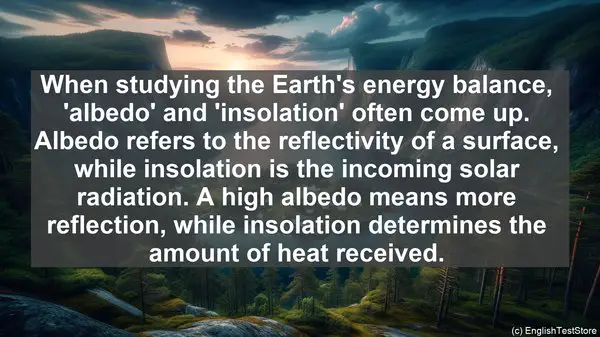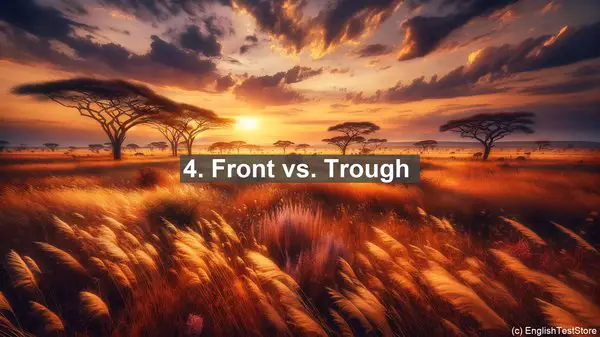Introduction: The Language of Atmospheric Dynamics
Welcome to today’s lesson on atmospheric dynamics. As with any field of study, mastering the language is essential. In this lesson, we’ll be focusing on the top 10 words that students often confuse in atmospheric dynamics. By the end of this lesson, you’ll have a clear understanding of these terms and be able to use them confidently in your studies.
1. Isobars vs. Isotherms
One of the first words that often cause confusion is ‘isobars’ and ‘isotherms.’ Isobars are lines on a weather map that connect areas of equal atmospheric pressure, while isotherms connect areas of equal temperature. Remember, ‘isobars’ for pressure and ‘isotherms’ for temperature.
2. Advection vs. Convection
Next, we have ‘advection’ and ‘convection.’ Advection refers to the horizontal movement of air, while convection is the vertical movement. Think of ‘advection’ as air moving along the Earth’s surface, and ‘convection’ as air rising or sinking. Both processes play a crucial role in weather patterns.
3. Cyclone vs. Anticyclone
Moving on, let’s clarify the difference between ‘cyclone’ and ‘anticyclone.’ A cyclone is a low-pressure system, often associated with stormy weather, while an anticyclone is a high-pressure system, usually bringing clear skies. Remember, ‘cyclone’ for stormy and ‘anticyclone’ for clear.
4. Front vs. Trough
Now, let’s talk about ‘front’ and ‘trough.’ A front is the boundary between two air masses, often leading to weather changes, while a trough is an elongated area of low pressure. Fronts are more distinct, while troughs are more spread out.

5. Stratus vs. Cumulus
When it comes to clouds, ‘stratus’ and ‘cumulus’ are two common types. Stratus clouds are low and flat, often covering the sky like a blanket, while cumulus clouds are puffy and have a more vertical development. Think of ‘stratus’ as a layer and ‘cumulus’ as a heap.
6. Anemometer vs. Barometer
Instruments used in meteorology can also be confusing. An anemometer measures wind speed, while a barometer measures atmospheric pressure. Remember, ‘anemometer’ for wind and ‘barometer’ for pressure.
7. Albedo vs. Insolation
When studying the Earth’s energy balance, ‘albedo’ and ‘insolation’ often come up. Albedo refers to the reflectivity of a surface, while insolation is the incoming solar radiation. A high albedo means more reflection, while insolation determines the amount of heat received.
8. Coriolis Effect vs. Friction
The Coriolis effect and friction are two factors that influence wind patterns. The Coriolis effect is the deflection of wind due to the Earth’s rotation, while friction slows down the wind near the surface. Both are crucial in understanding global and local wind systems.

9. Dew vs. Frost
Dew and frost are both forms of water vapor, but they form under different conditions. Dew forms when the temperature of an object drops below the dew point, while frost forms when the temperature is below freezing. Both are beautiful to observe but have distinct formation processes.
10. Ozone Layer vs. Greenhouse Effect
Lastly, let’s clarify the difference between the ozone layer and the greenhouse effect. The ozone layer is a protective layer in the Earth’s atmosphere that absorbs harmful UV radiation, while the greenhouse effect is the trapping of heat by certain gases, leading to global warming. Both have significant implications for our planet’s climate.
